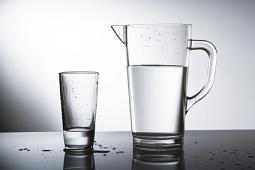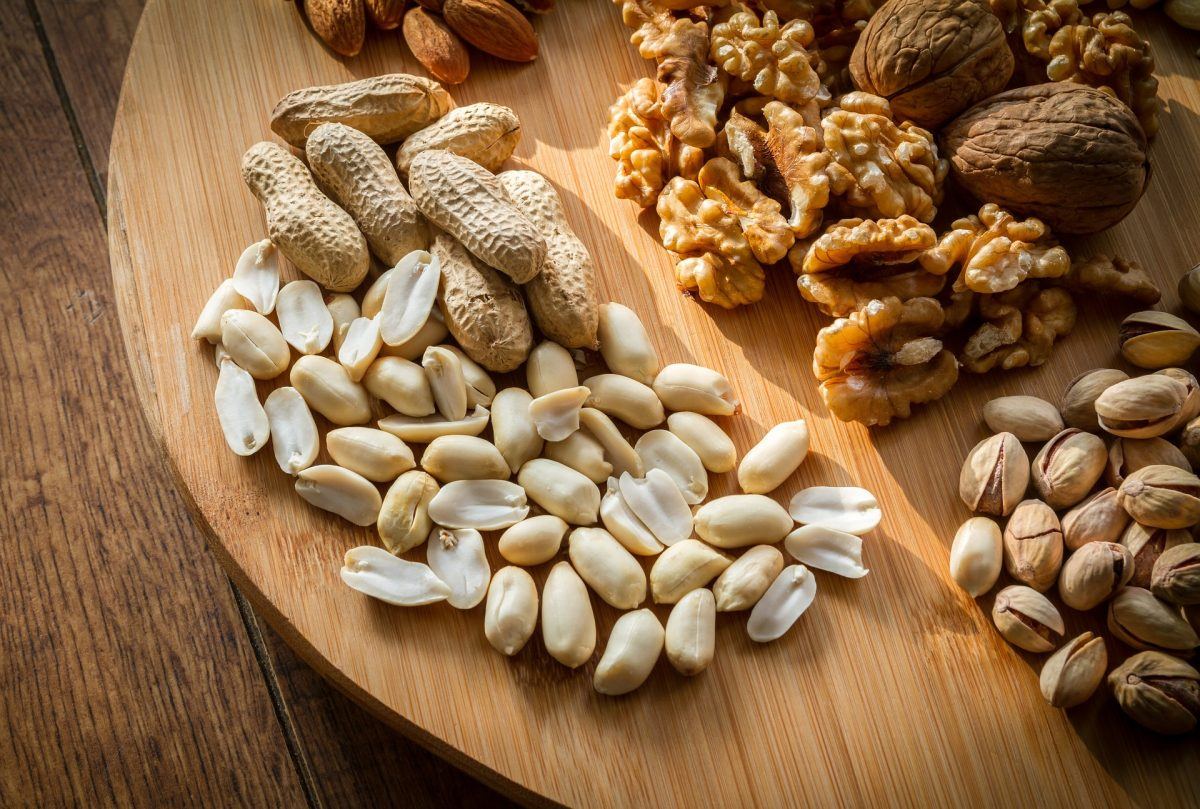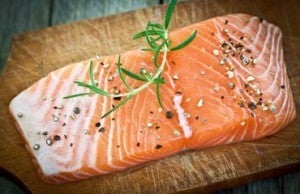Jump to: –What is diabetes? –Types and risk factors: ––Type 1 diabetes ––Latent autoimmune diabetes of adults (LADA) ––Gestational diabetes ––Prediabetes ––Type 2 diabetes –Type 2 diabetes (and prediabetes) can be prevented Definition and Overview Our cells depend on a single simple sugar, glucose, for most of their energy needs. The body has intricate mechanisms … Continue reading “Diabetes”
Keeping weight in check, being active, and eating a healthy diet can help prevent most cases of type 2 diabetes. Overview If type 2 diabetes were an infectious disease, passed from one person to another, public health officials would say we’re in the midst of an epidemic. This difficult disease is striking an ever-growing number … Continue reading “Simple Steps to Preventing Diabetes”
The human body can make most of the types of fats it needs from other fats or carbohydrates. That isn’t the case for omega-3 polyunsaturated fatty acids (also called omega-3 fats and n-3 fats). These are essential fats—the body can’t make them from scratch but must get them from food. Foods high in omega-3 include … Continue reading “Omega-3 Fatty Acids: An Essential Contribution”
Long-vilified for their high cholesterol content by well-meaning doctors and scientists researching heart disease, eggs now seem to be making a bit of a comeback. So what changed? While it’s true that just one large egg yolk has 200 mg of cholesterol—making it one of the richest sources of dietary cholesterol—eggs also contain additional nutrients … Continue reading “Eggs”
Introduction Beverage Guidelines from the Experts Water Tea and Coffee Low-Fat and Skim Milk and Soy Beverages Noncalorically Sweetened Beverages Caloric Beverages with Some Nutrients Calorically Sweetened Beverages Putting it All Together: A Sample Beverage Plan References Introduction In the beginning there was water—abundant, refreshing, providing everything the body needs to replenish the fluids it … Continue reading “Healthy Beverage Guidelines”
Moderate drinking can be healthy—but not for everyone. You must weigh the risks and benefits. –Introduction –What’s Moderate Alcohol Intake? What’s a Drink? –The Downside of Alcohol –Possible Health Benefits of Alcohol –Genes Play a Role –Shifting Benefits and Risks –The Bottom Line: Balancing Risks and Benefits Introduction Throughout the 10,000 or so years that … Continue reading “Alcohol: Balancing Risks and Benefits”
Many people think of nuts as just another junk food snack. In reality, nuts are excellent sources of healthy fat, protein, and other healthful nutrients. One surprising finding from nutrition research is that people who regularly eat nuts are less likely to have heart attacks or die from heart disease than those who rarely eat them. Several … Continue reading “Nuts for the Heart”
Fears of contaminants make many unnecessarily shy away from fish. Fish is a very important part of a healthy diet. Fish and other seafood are the major sources of healthful long-chain omega-3 fats and are also rich in other nutrients such as vitamin D and selenium, high in protein, and low in saturated fat. There … Continue reading “Fish: Friend or Foe?”
Use the Healthy Eating Plate as a guide for creating healthy, balanced meals—whether served at the table or packed in a lunch box. Click on each section of the interactive image below to learn more. Looking for a printable copy? Download one here, and hang it on your refrigerator to serve as a daily reminder … Continue reading “Healthy Eating Plate”
Using Harvard’s Healthy Eating Plate as a guide, we recommend eating mostly vegetables, fruit, and whole grains, healthy fats, and healthy proteins. We suggest drinking water instead of sugary beverages, and we also address common dietary concerns such as salt and sodium, vitamins, and alcohol. It’s also important to stay active and maintain a healthy … Continue reading “What Should I Eat?”







